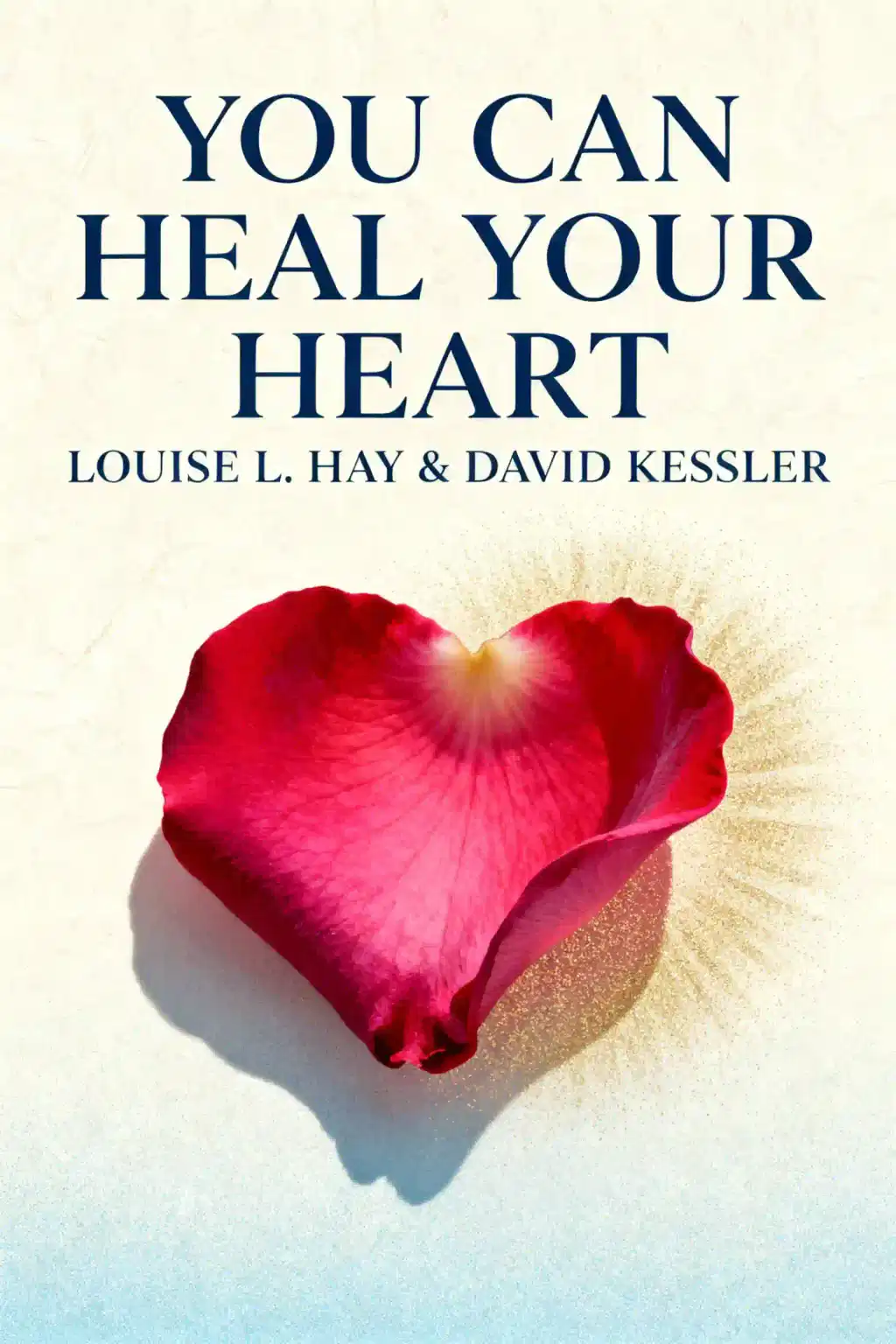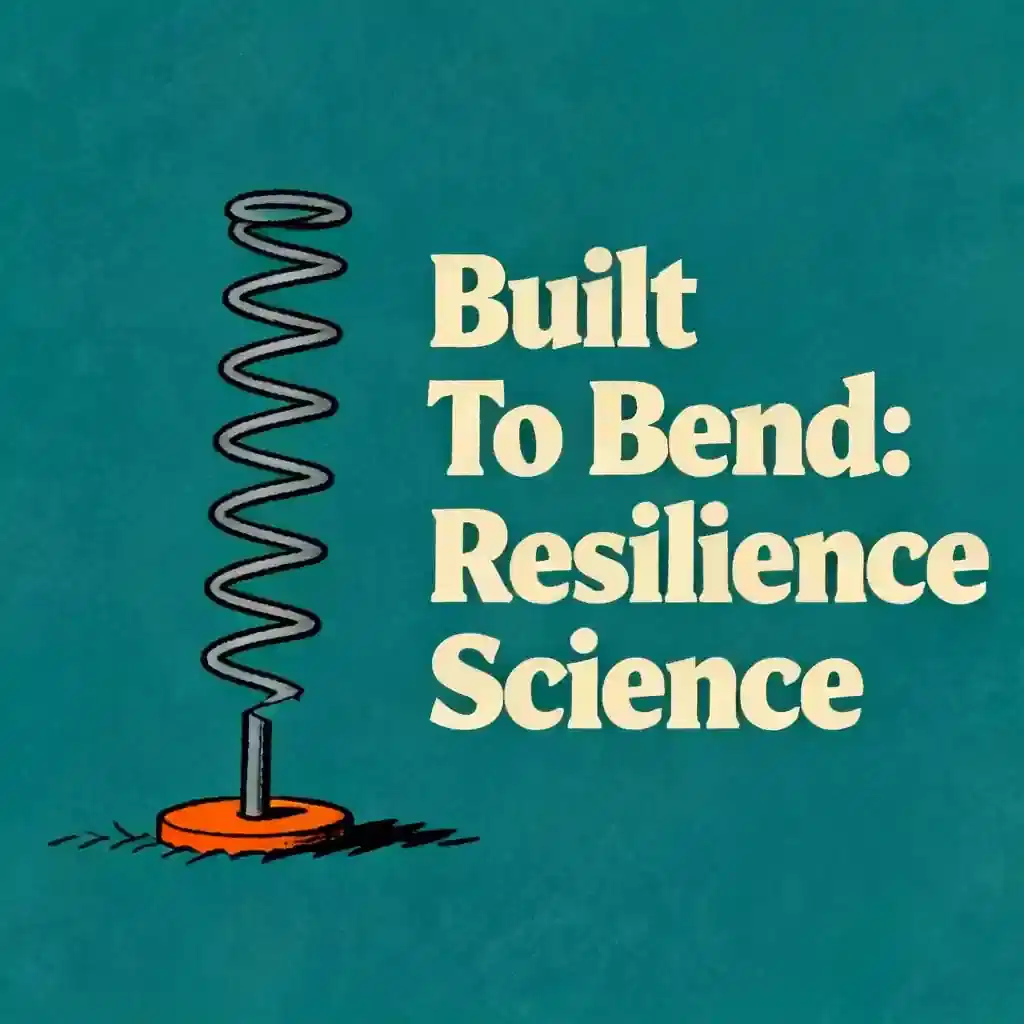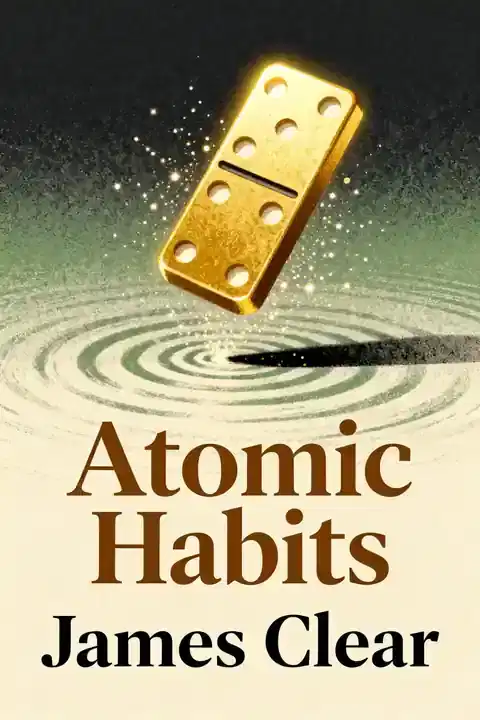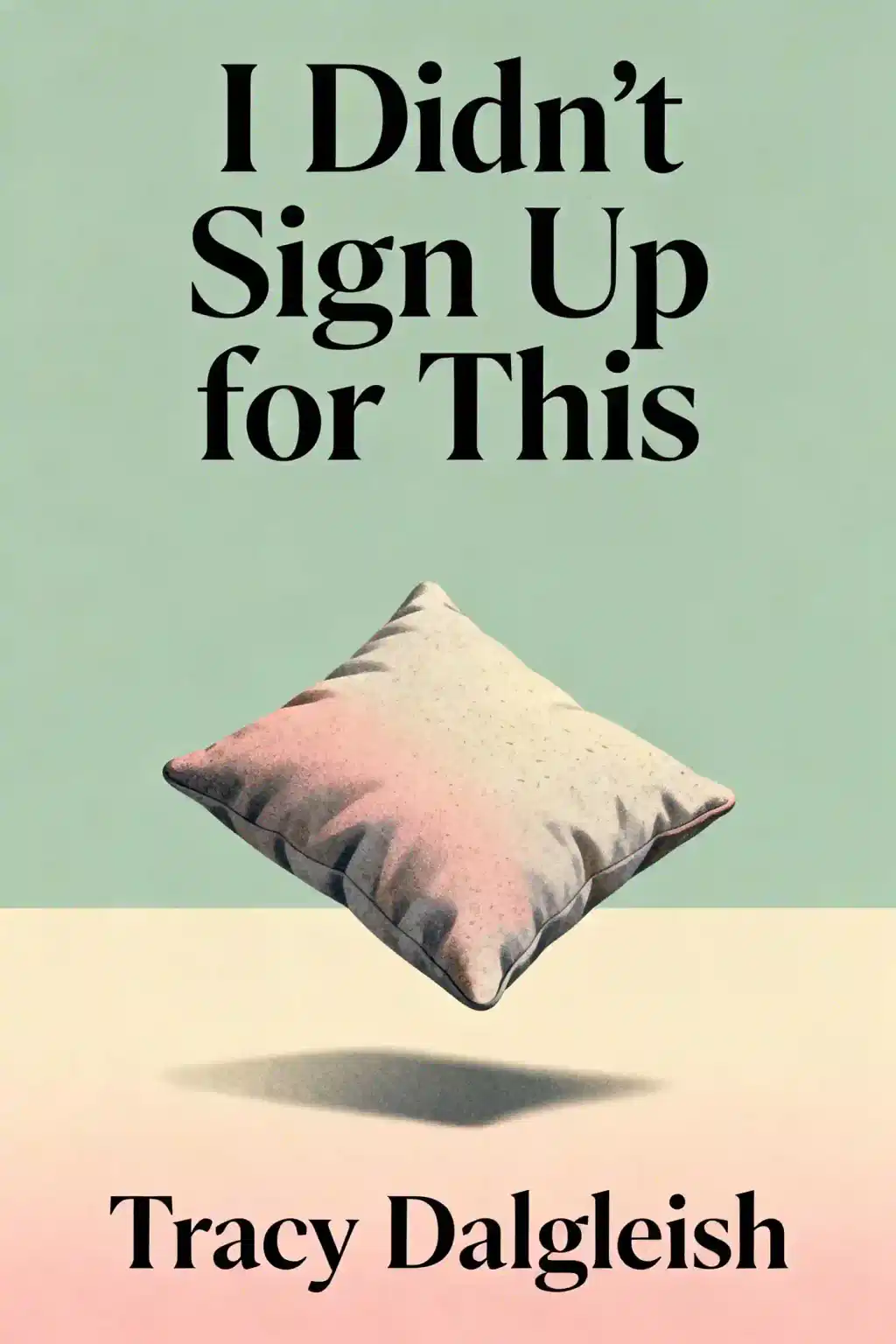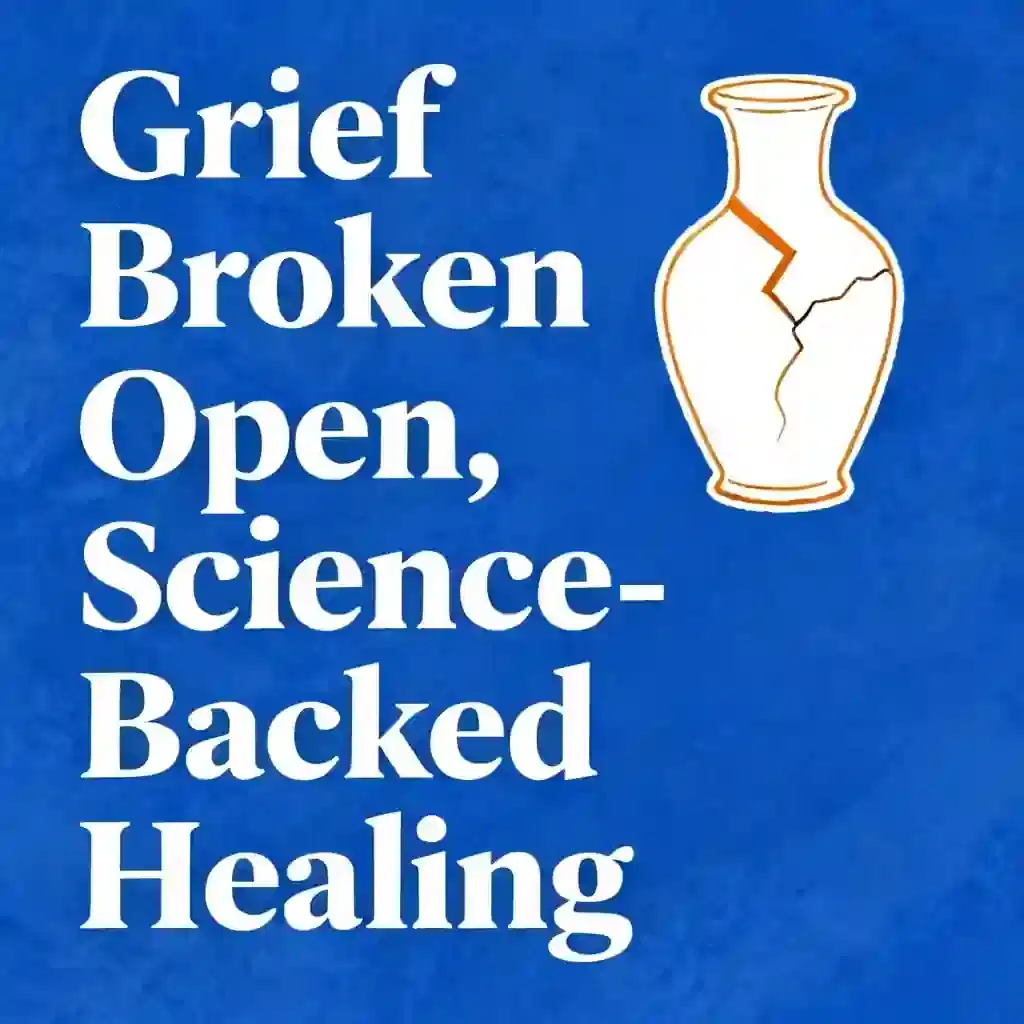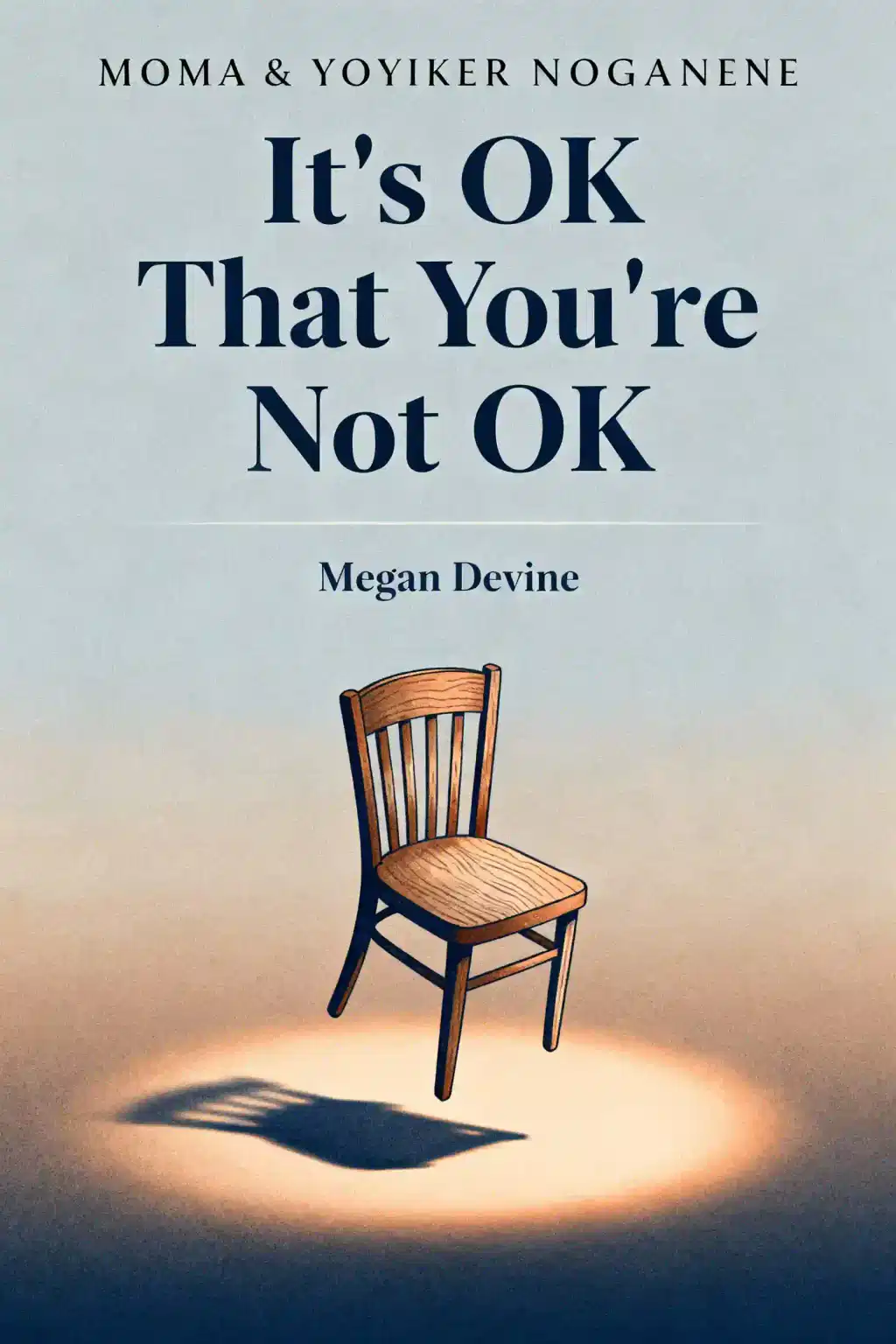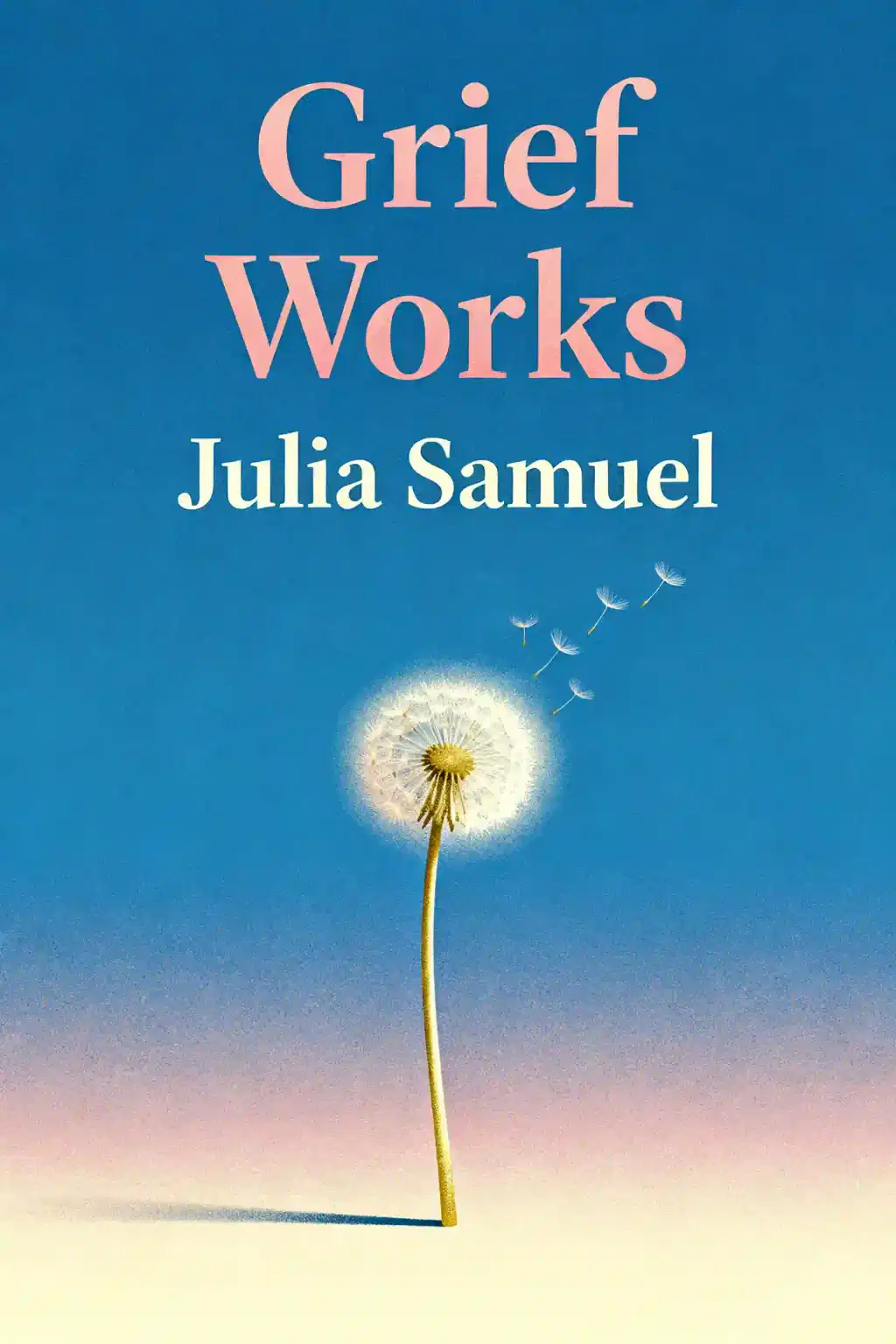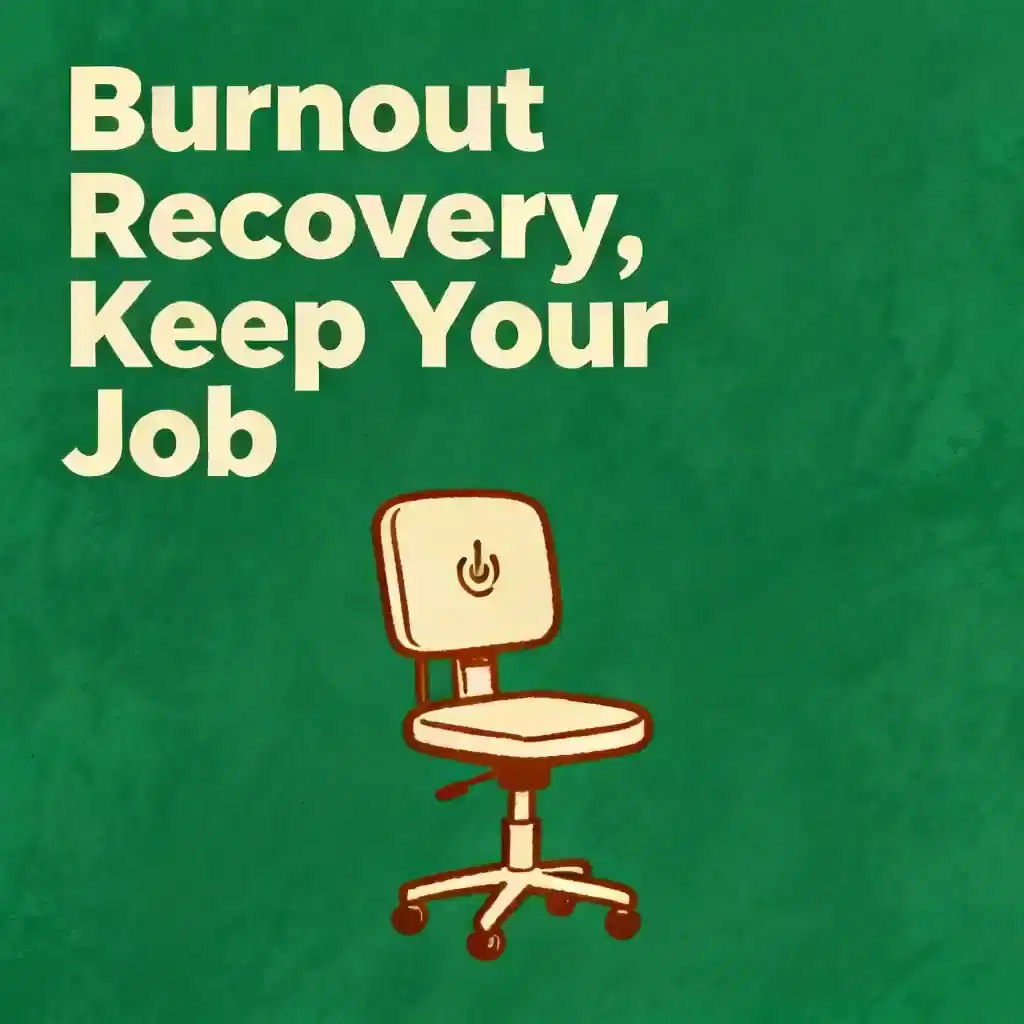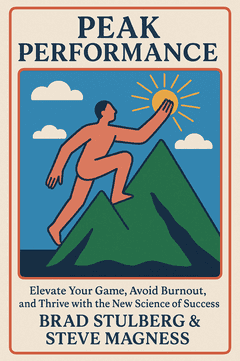What is
Getting Past Your Breakup by Susan J. Elliott about?
Getting Past Your Breakup provides a structured plan to recover from romantic breakups or divorce, emphasizing self-healing and personal growth. It combines psychological insights with actionable steps like the "No Contact Rule" and relationship inventory exercises to rebuild confidence and avoid repeating destructive patterns. The book rejects quick fixes, urging readers to focus on long-term emotional health.
Who should read
Getting Past Your Breakup?
This book is ideal for individuals navigating post-breakup grief, toxic relationships, or divorce. It’s particularly valuable for those struggling with self-blame, codependency, or the urge to reconnect with ex-partners. Susan J. Elliott’s no-nonsense approach appeals to readers seeking practical strategies over generic advice.
Is
Getting Past Your Breakup worth reading?
Yes, reviewers praise its actionable exercises and relatable tone, calling it "hopeful" and "empowering." Readers highlight its effectiveness in setting boundaries and reframing post-breakup mindsets. However, some find sections overly repetitive or too focused on extreme relationship examples.
What is the "No Contact Rule" in
Getting Past Your Breakup?
The rule mandates cutting all communication with an ex-partner to break emotional dependency and gain clarity. Elliott argues this avoids false hope and accelerates healing by redirecting energy toward self-improvement. It’s presented as non-negotiable for recovery.
How does Susan J. Elliott address rebound relationships?
Elliott discourages rebounds, warning they delay genuine healing and perpetuate unhealthy patterns. She advises readers to complete a "relationship inventory" first, analyzing past mistakes to avoid repeating them. Self-reflection is framed as essential before pursuing new connections.
What are the key exercises in
Getting Past Your Breakup?
Core exercises include:
- Relationship Inventory: Analyzing past relationships to identify red flags and personal growth areas.
- Boundary-Setting Drills: Practicing assertiveness in hypothetical scenarios.
- Self-Care Routines: Daily habits to rebuild self-worth, like journaling and affirmations.
What does Susan J. Elliott say about self-love after a breakup?
Elliott calls self-love the "foundation of recovery," arguing that lasting relationships require valuing oneself first. She links post-breakup despair to low self-esteem and provides tools to cultivate self-respect through intentional habits and mindset shifts.
How does
Getting Past Your Breakup handle toxic relationships?
The book identifies signs of toxicity (e.g., manipulation, control) and stresses the importance of permanent detachment. Elliott uses examples from her counseling practice to show how breaking cycles requires honest self-assessment and strict boundary enforcement.
What critiques exist about
Getting Past Your Breakup?
Some readers find the tone overly harsh, particularly sections shaming those who struggle to cut ties. Others note repetitive advice or excessive focus on marriage-related breakups. However, most agree the exercises are transformative if implemented consistently.
How does Susan J. Elliott’s background influence the book?
As a lawyer and certified grief counselor, Elliott blends logical analysis with emotional support. Her experiences in foster care, divorce, and widowhood inform the book’s empathetic yet pragmatic approach, resonating with readers facing complex grief.
Can
Getting Past Your Breakup help with non-romantic relationships?
While focused on romantic breakups, its principles apply to friendships or family estrangements. Exercises on boundary-setting and self-worth are adaptable, though the book doesn’t explicitly address these contexts.
What is the most quoted advice from
Getting Past Your Breakup?
The phrase “Water seeks its own level” is frequently cited, underscoring that partners mirror each other’s emotional health. Elliott uses this metaphor to urge self-improvement, arguing dysfunctional relationships stem from mutual unresolved issues.





